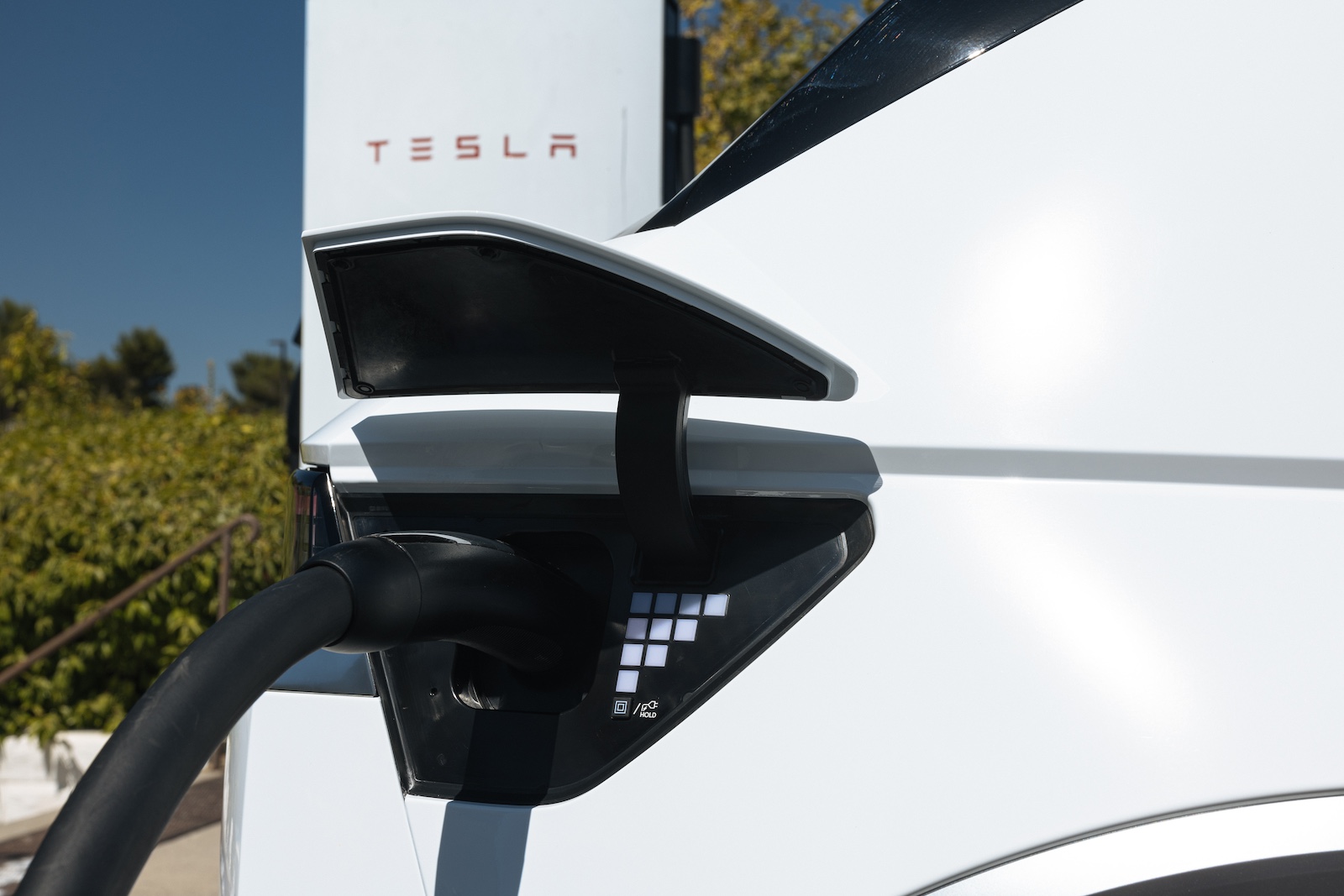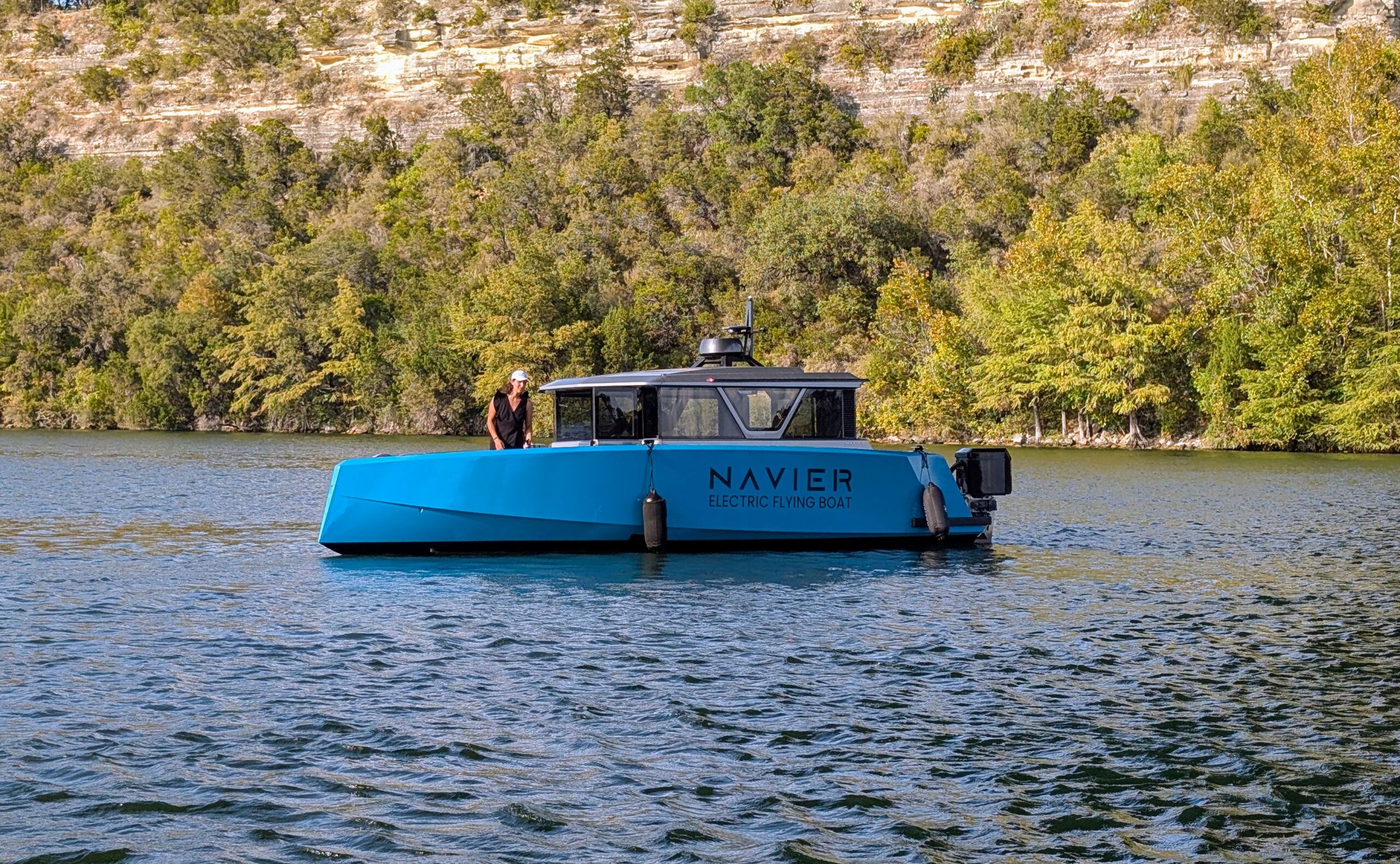Support CleanTechnica’s work through a Substack subscription or on Stripe.
Abu Dhabi, UAE-based Masdar has been proving just how capable renewables are and fighting climate change with real world solutions for the better part of the last two decades.
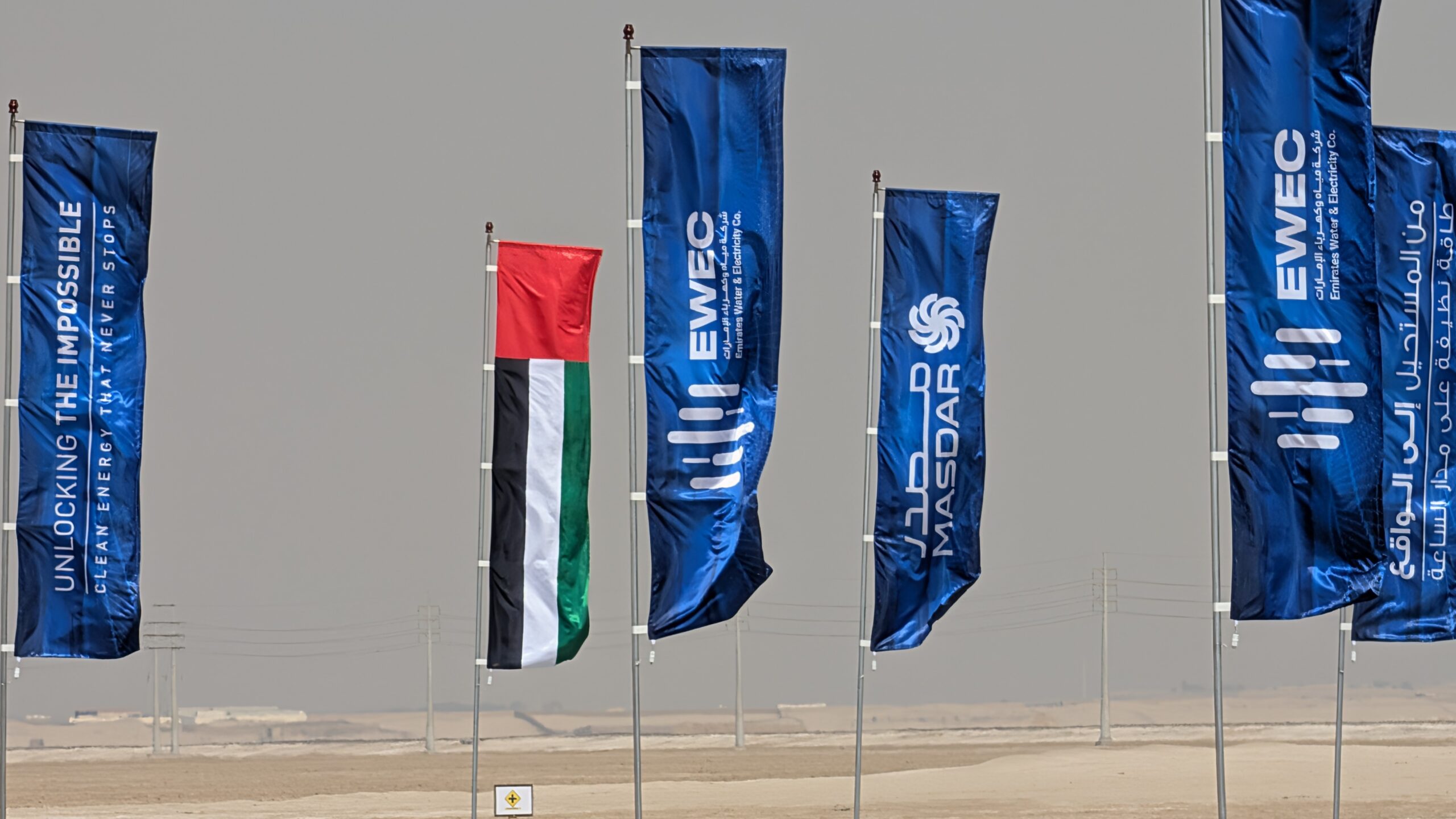
Masdar invited CleanTechnica out to Abu Dhabi for the official groundbreaking for their new round-the-clock solar and battery energy production system. It aims to realize the full potential of an integrated solar and battery system, demonstrating the capability to not only produce and store power but to replace traditional generating assets completely.
Disclaimer: Masdar paid for the author’s travel and accommodations to attend this event.
Masdar has been working their way up to this system for many years now. Most recently, they installed the Al Dhafra solar plant just outside of Abu Dhabi, which is still the world’s largest single site solar plant.
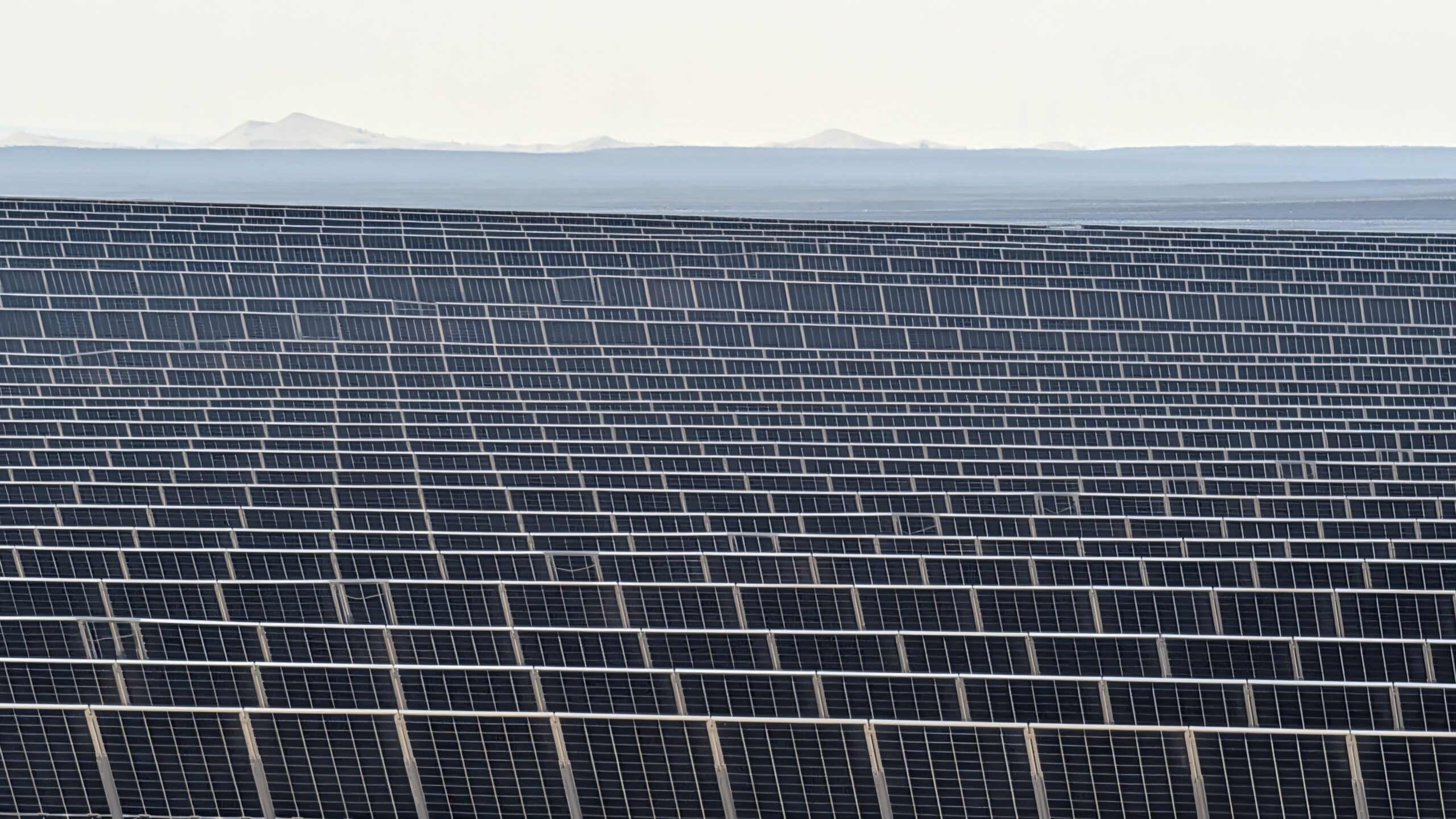
While in the area, we visited the Al Dhafra solar plant and it was shocking to see just how massive the site truly was. It’s hard to put 3.8 million solar panels spread across 21.5 square kilometers in scale with words, and even photos and video don’t quite capture the magnitude of such a system. You can literally see it from space (and Google Maps).
The 2.1 GW solar system is less than half the size of the planned 5.2 GW system that will be installed as part of the round-the-clock installation.
As massive as it is, it’s also hard not to look out at the vast expanse of desert surrounding the Al Dhafra solar plant and imagine the impact a system that is 10 or even 100 times the size would have. What is otherwise unproductive desert could be transformed into one of the nation’s most prized electricity generating assets.
Why Round-The-Clock?
This new system completely changes the game for solar and energy storage. Typically when a new solar farm is added to the grid, the grid is left to deal with the massive surge in generation that comes as the sun rises, and similarly to fend for themselves as the sun drops below the horizon.
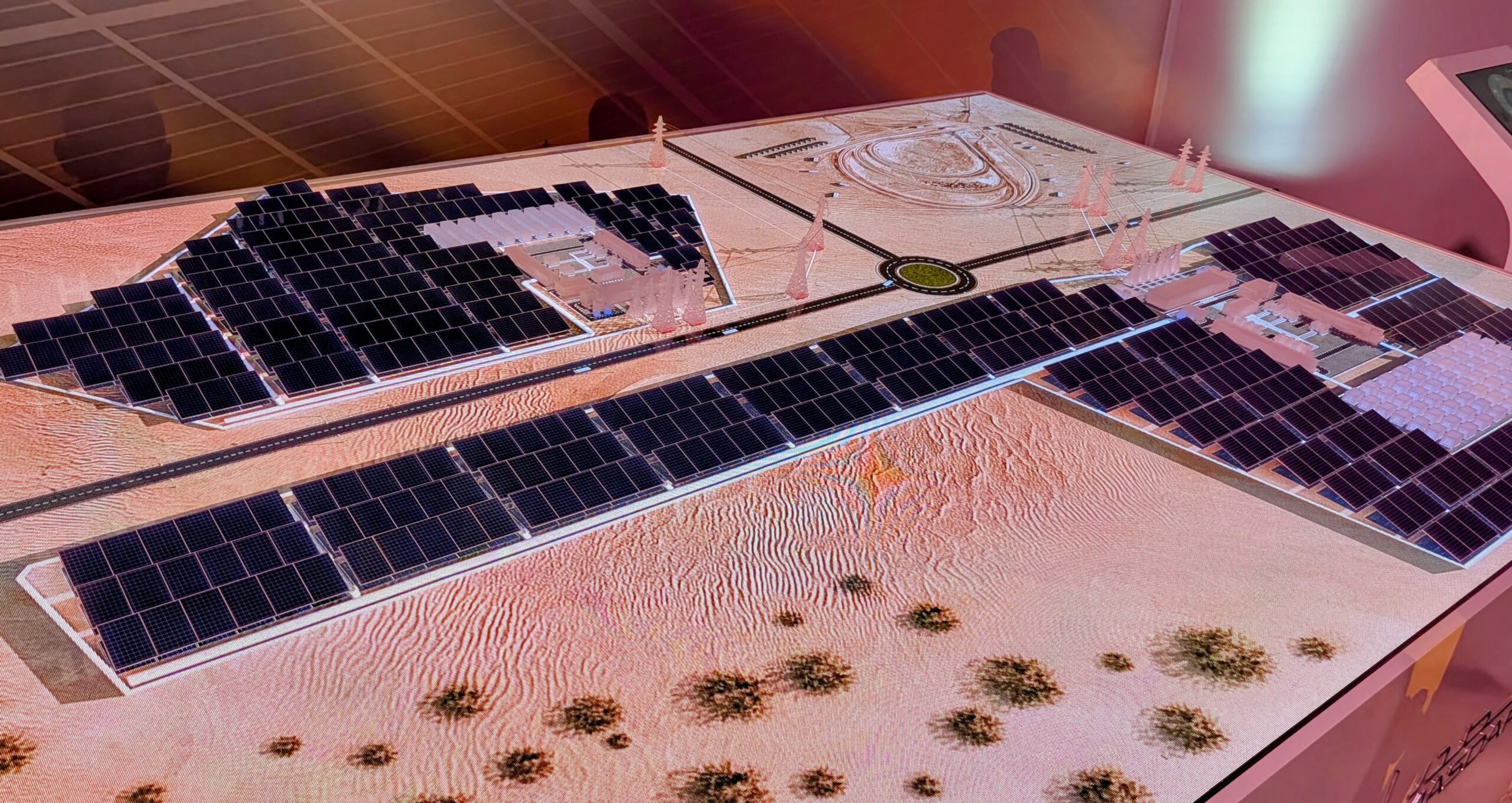
Similarly, when a new battery is added to the grid, it is typically commissioned to help absorb peak grid consumption. Grid-scale batteries can also provide other grid services like modulating frequency, providing black start capability, and supporting time-of-use schemes.
This gigawatt scale round-the-clock installation is different in that it replicates the output of traditional baseload generation plants. The 5.2 GW solar plant will produce power during the day like usual, but the majority of its production will be absorbed by the colocated 19 gigawatt-hour (GWh) battery system.
The result is a flattened production profile that makes it much easier on the grid. 1 gigawatt will flow to the grid day and night, 24/7/365. It’s a revolutionary combination that was dreamed up right here in Abu Dhabi.

Colocating the solar and battery assets enabled a unified design that should also deliver savings on the hardware side. Solar panels produce direct current (DC) and batteries natively store power as DC as well. The unified design allows the electricity produced to be stored as DC, eliminating unnecessary conversations to and from the AC power that the grid prefers.
In addition to delivering 1 GW of baseload power generation, Masdar’s around-the-clock installation will also be able to send power to the grid as a virtual power plant, provided additional grid services, provide black start capability in the event of a full grid outage, and perform grid-forming duties. It’s essentially doing everything traditional solar and batteries would do, just without the pain points.
Scale Matters
The scale of the round-the-clock system matters. 5.2 GW sounds big, but what does that really translate to? In the real world, that means powering 500,000 homes with solar and energy storage alone.
The 19 GWh battery by itself will be the largest grid-tied energy storage system in the world when it is installed. The combined installation will avoid 5.7 million metric tons of emissions every single year for the next few decades. That’s massive!
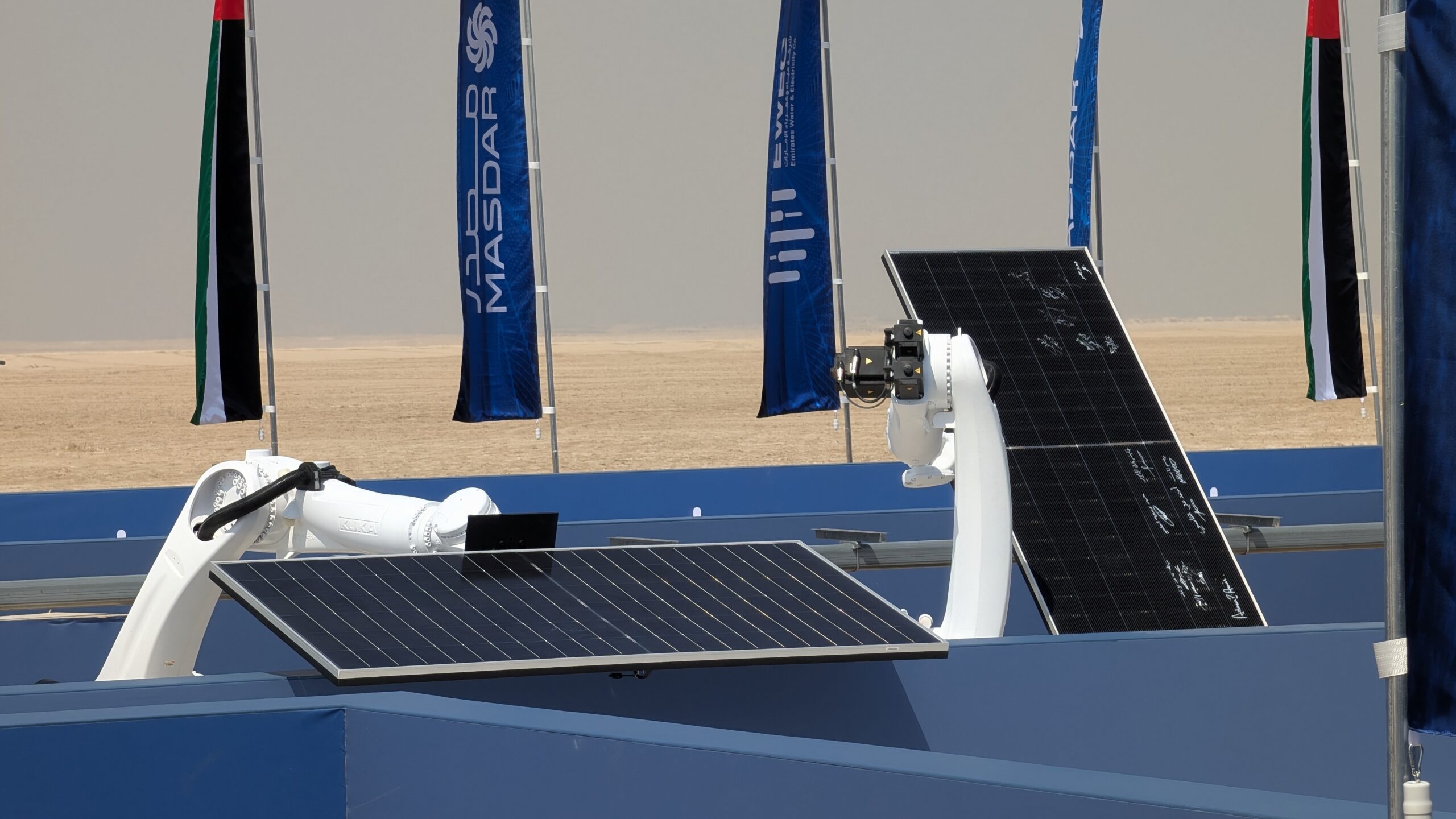
The cost of the round-the-clock system will be $6 billion, and while that might sound like a lot, it is a fixed cost with zero fuel costs to keep the system running for the next three decades. Yes, it will require maintenance, but maintaining a solar and energy storage system is minimal compared to what combustion- fired generation requires. The majority of the maintenance for solar plants consists of cleaning the panels, which requires no water and is performed by automated solar robots every single night.
Overall
All told, the round-the-clock system is easier to add to traditional electric grids, for replacing the functionality of traditional baseload generating units, saves money on hardware compared to traditional solar with energy storage assets added in different locations, and should produce slightly more energy due to the efficiencies in the system design.
Masdar was not able to share the tariff as the system is not under contract yet, but they also believe pricing should be competitive with or better than traditional combustion generating assets
The idea from the outset was to prove that solar and batteries can replace traditional generating assets, and all signs pointing to the system being a resounding success — at least on paper.
The system has been fully designed and now construction can begin. You can be sure that we will be watching closely to see how it performs, because if it lives up to the hype then renewables will have truly conquered the grid and taken their place as a dominant form of energy, not only in Abu Dhabi but around the world.
For the most up to date information about Masdar’s round-the-clock project, keep an eye on their newsroom.
Sign up for CleanTechnica’s Weekly Substack for Zach and Scott’s in-depth analyses and high level summaries, sign up for our daily newsletter, and follow us on Google News!
Have a tip for CleanTechnica? Want to advertise? Want to suggest a guest for our CleanTech Talk podcast? Contact us here.
Sign up for our daily newsletter for 15 new cleantech stories a day. Or sign up for our weekly one on top stories of the week if daily is too frequent.
CleanTechnica uses affiliate links. See our policy here.
CleanTechnica’s Comment Policy

